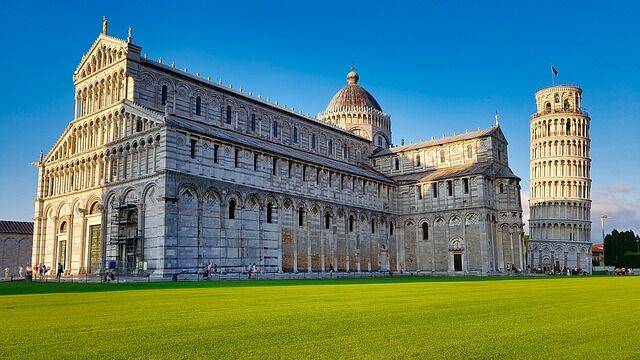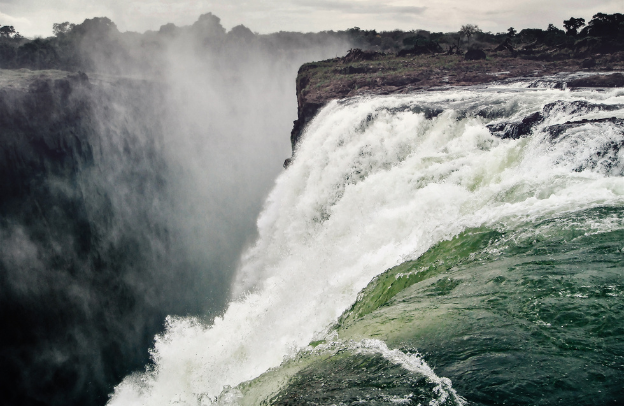Pisa Top Visits: History And Tourism In Pisa, Italy

Do you want to know why a lot of tourists choose Pisa as their Italian destination to spend their holiday? Welcome to Pisa’s top visits: History and Tourism in Italy, a series of articles to explore the city of Pisa, especially from the point of view of history and travel. Get our free Travel Checklist
History Of Pisa City
The city of Pisa is a major tourist attraction center in Italy due to its monumental structures and expertise in artistry. For ages, Pisa has been highly famous because of the leaning tower in the city, but there sure are more places to tour and more to the city’s history aside from the famous leaning tower.
Pisa city holds an important place in history and the formation of the current flourishing Italy. A major pertinent thing that prompts the rise of cities and empires in history is, of course, a strategic location. Pisa has proven to be among the city in medieval Europe known for its fantastic site that contributed to its growth, power procurement, and increment in its economy.
As the city is rising in importance, especially in the travel industry, the inkling to learn its history is becoming of great essence; however, knowing its history will aid you in coming to terms with how its mastery and popularity in arts and architectural designs came to being.
Therefore, this article stitched the history of this famous city closely to give you a feel of how the city grew from scratch to become highly vital in the travel industry.
The Growth Of Pisa City

The city of Pisa lies between the Arno river and the Ligurian sea. According to most historians, the city started taking shape around the 5th century B.C. Its inhabitants, which were the lugarians and the Etruscans, birthed the city. Pisa is among the province of the Tuscany region in Italy that is also comprised of cities such as Florence, Arezzo, among others.
During the thriving days of the Roman Empire, the city was incorporated as part of the Romans. Pisa’s location was beneficial to the Romans, especially during the Punic war, as it served as a spot for striking attacks on their enemies, which were the Carthaginians: this was because of the city’s naval base. During the Christ era and spread of Catholicism, the city became a point for episcopacy consequent to the cathedral’s construction and baptistery in the city.
Even at the fall of the Roman Empire in A.D 395, Pisa still maintained its power despite facing a series of attacks by the Byzantine empire and the Saracens. Moreover, with the aid of Genoa, it was able to defeat the Saracens in A.D 1016.
Although at some point, the Lombards occupied the city around the 6th to 8th century, it didn’t decline the city’s maritime powers, and at the time the Carolingian dynasty that controlled the western and central part of Europe, in the 8th century, Pisa’s naval importance was at its zenith. They also played a crucial role during the Crusades in A.D 1096, having been the major supplier of galley used by the crusaders to mount an attack.
However, at the novelty of Islam and the time of the Arab conquest of some parts of the Mediterranean, the Pisans were able to defeat the Muslims from occupying the city with the aid of the Genoese. With Its continuous growth in power, it dominated other Tuscan states. With this, it arrived at rival terms with the city of Genoa and other Truscan cities; nonetheless, at the battle of Meloria in A.D 1284, Pisa was defeated drastically.
Considering the city’s spot, having been surrounded by the sea, Pisa grew in trade, as several ports were built at the coastal areas, which facilitated the shipping of goods and other products in and out of the city. Also, this trade benefitted the Pisan merchants in Syria. Although, as time passed, the transporting of goods was halted due to the formation of silt that walled the easy transporting of goods in the Arno river in the 15th century.
The faction and the internal skirmishes that existed in the city due to succession issues led to the occupation of the city by the Florentines in 1406. Furthermore, the invasion of Florence by France in 1494 enabled Pisa to reaffirm its status as an independent city. Not long after Florence was freed from France, they reconquered Pisa in 1506.
During industrialization in the 1700s, Pisa was among the city that established industries that produced textiles, pharmaceuticals, engineering goods, glass, etc. that helped increase its economy. Additionally, most notable scientists like Galileo Galilei were born in Pisa.
Pisa suffered more than other Tuscany cities during the second world war as most of its monumental building, arts, the population was destroyed. Still, currently, these monuments that were damaged have been revived.
If you find any value in this post, share also with your friends who might need it. Get our Free Travel Checklist for your next trip.






